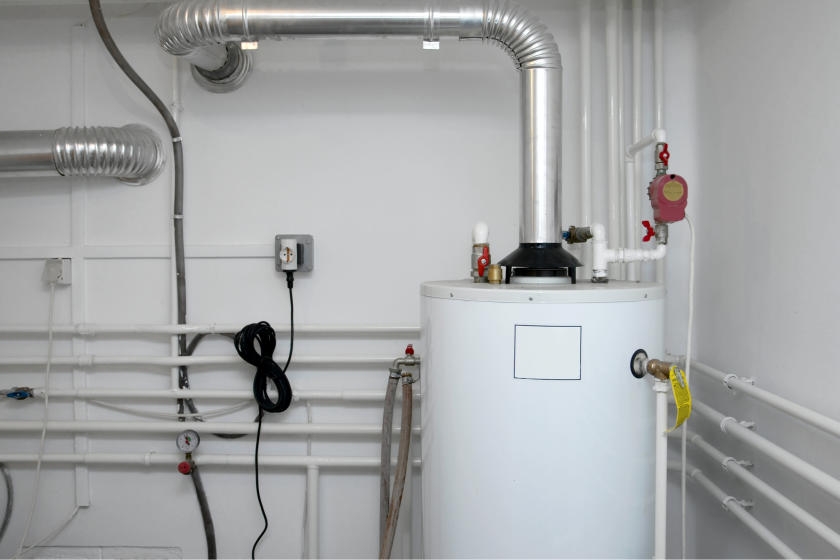Important Care Strategies for Your Home's Hot Water System
Important Care Strategies for Your Home's Hot Water System
Blog Article
How do you actually feel when it comes to How to Maintain Your Water Heater & Prolong its Life?

Warm water is necessary for day-to-day convenience, whether it's for a revitalizing shower or cleaning recipes. To guarantee your warm water system runs successfully and lasts much longer, routine upkeep is crucial. This post offers functional tips and insights on just how to keep your home's warm water system to prevent interruptions and costly repairs.
Introduction
Maintaining your home's warm water system could appear complicated, but with a few straightforward actions, you can guarantee it operates smoothly for years to find. This guide covers everything from understanding your warm water system to do it yourself maintenance tips and knowing when to call in expert assistance.
Significance of Maintaining Your Warm Water System
Routine maintenance not just prolongs the life expectancy of your hot water system yet likewise ensures it operates successfully. Ignoring maintenance can bring about lowered effectiveness, higher energy bills, and also premature failure of the system.
Signs Your Warm Water System Requirements Upkeep
Recognizing when your warm water system needs attention can prevent significant concerns. Watch out for indications such as inconsistent water temperature, odd noises from the heater, or corroded water.
Purging the Water Heater
Flushing your hot water heater eliminates debris accumulation, improving performance and extending its life.
Checking and Replacing Anode Rods
Anode poles stop corrosion inside the container. Evaluating and changing them when broken is vital.
Complicated Problems Needing Professional Help
Instances include major leakages, electric issues, or if your water heater is regularly underperforming.
Routine Professional Upkeep Advantages
Professional upkeep can include comprehensive inspections, tune-ups, and making sure compliance with security requirements.
Examining and Adjusting Temperature Level Setups
Changing the temperature setups makes sure optimum performance and safety.
Do It Yourself Tips for Maintenance
You can perform numerous maintenance jobs on your own to keep your warm water system in leading condition.
Looking for Leaks
Routinely inspect pipelines and connections for leakages, as these can bring about water damages and greater expenses.
Understanding Your Warm Water System
Before diving right into maintenance jobs, it's practical to understand the standard components of your warm water system. Generally, this consists of the water heater itself, pipelines, anode rods, and temperature level controls.
Month-to-month Upkeep Tasks
Regular month-to-month checks can help catch small issues before they intensify.
Checking Pressure Relief Valves
Checking the pressure relief valve guarantees it works appropriately and protects against excessive stress accumulation.
Protecting Pipes
Protecting warm water pipes decreases warm loss and can save energy.
When to Call a Professional
While DIY upkeep is valuable, some concerns call for expert competence.
Conclusion
Regular upkeep of your home's hot water system is important for performance, long life, and price financial savings. By adhering to these ideas and understanding when to seek professional aid, you can make sure a trusted supply of warm water without unanticipated disturbances.
How to Maintain an Instant Hot Water Heater
Before tinkering with your hot water heater, make sure that it’s not powered on. You also have to turn off the main circuit breaker and shut off the main gas line to prevent accidents. Also turn off the water valves connected to your unit to prevent water from flowing into and out of the appliance. 2. When you’re done, you have to detach the purge valves’ caps. These look like the letter “T†and are situated on either side of the water valves. Doing so will release any pressure that has accumulated inside the valves while at the same time avoid hot water from shooting out and burning your skin. 3. When the purge valves’ caps are removed, you have to connect your hosing lines to the valves. Your unit should have come with three hoses but if it didn’t, you can purchase these things from any hardware or home repair shops. You can also get them from retail stores that sell water heating systems. Read the user’s manual and follow it to complete this task properly. When the hosing lines are connected, open the purge port’s valves. 4. You should never use harsh chemical cleaners or solutions when cleaning your unit. Make use of white vinegar instead. It should be undiluted and you’ll probably use about 2 gallons. 5. Now flush your water heater. This task should probably take about 40 minutes. We can’t give you specific directions for this because the procedure is carried out depending on the type, model and brand of your heater. With that being said, refer to the user’s manual. 6. When you’re done draining the unit, you have to turn off the purge port valves again. Remove the hosing lines that you earlier installed on each of the water valves. Put the valve caps (purge port) back in their respective places and be very careful so as not to damage the rubber discs that are found inside these caps. 7. Now that everything’s back in place, check your user’s manual again to find out how to reactivate your water heating system. 8. Once it is working, turn one of your hot water faucets on just to let air pass through the heater’s water supply pipes. Leave the tap on until water flows smoothly out of it. https://www.orrplumbing.com/blog/2014/september/how-to-maintain-an-instant-hot-water-heater/

As an avid person who reads about Tips on Maintaining a Water Heater, I thought sharing that piece of content was a great idea. Kindly take a moment to distribute this blog entry if you appreciated it. I cherish reading our article about Water Heater Maintenance Tips You Can't Afford to Forget.
Call Today Report this page